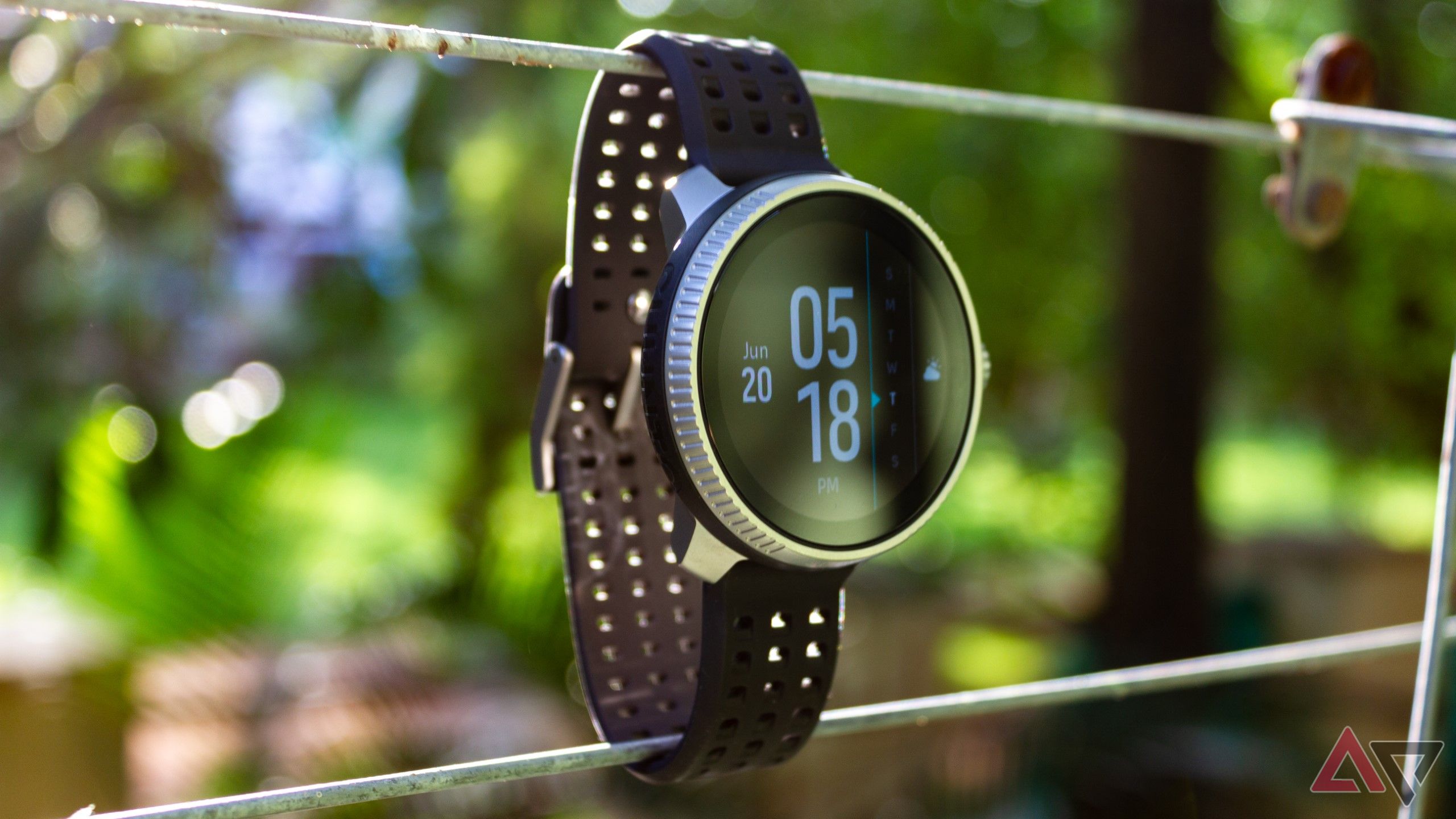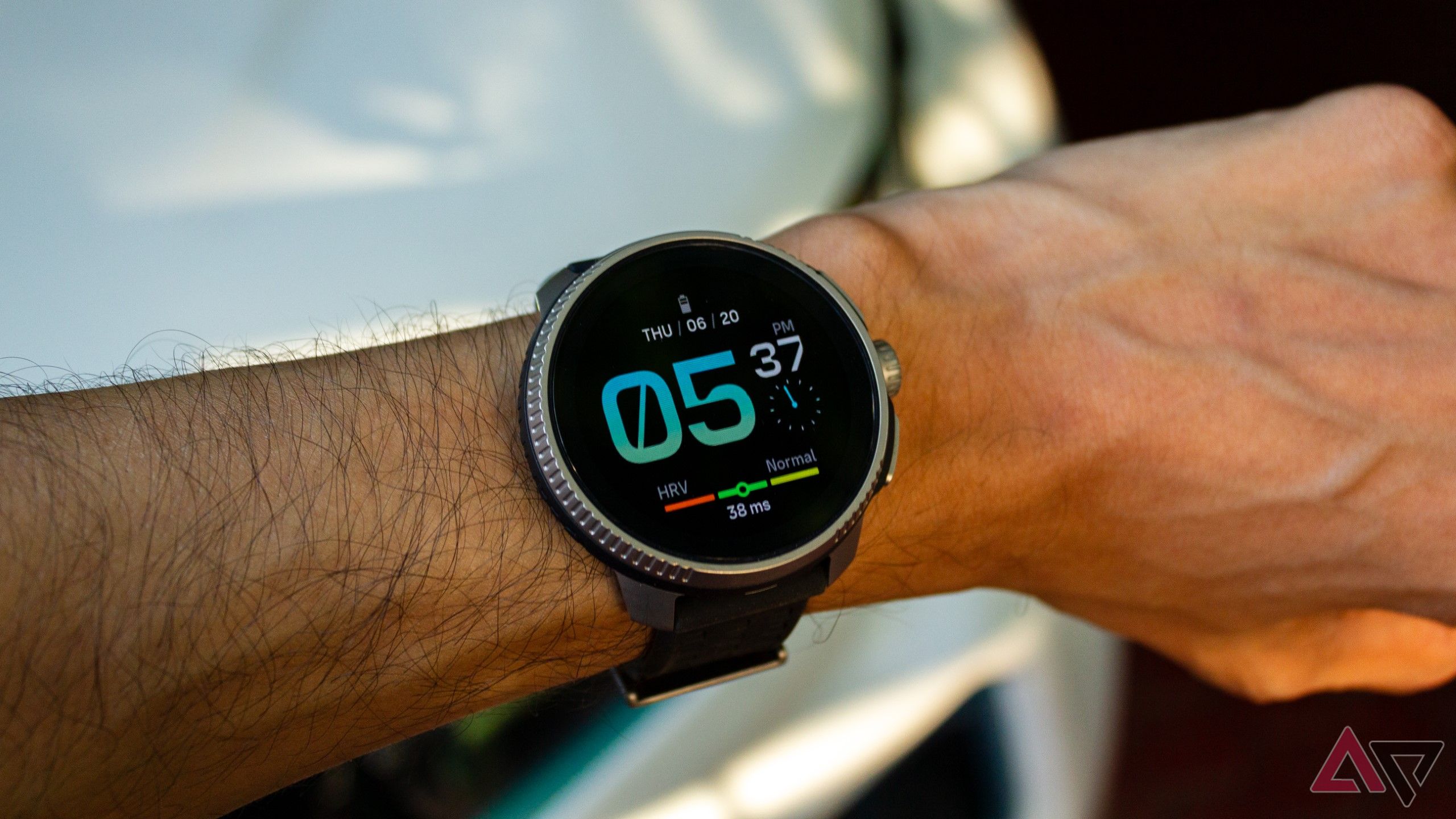Smartwatches have been around for a few years now, and buyers seeking one know they’re more than just a display strapped to their wrists. You can settle for almost any assortment of features at most price points, but there’s only room for a few at the peak of wearable excellence. We swear by a few smartwatches because they strike a balance between smart features and fitness-tracking abilities.
However, there is a massive market for powerful and rugged wearables geared more toward sports and fitness tracking, and a well-rounded smartwatch might not cut it. If that sounds like what you’re looking for, capable options are unsurprisingly limited. There’s a new watch from Suunto on the block vying for the top spot, so we spent a few weeks determining if it commands the premium price. The Suunto Race might be your top pick if all that’s needed is a fitness tracker with every imaginable convenience.
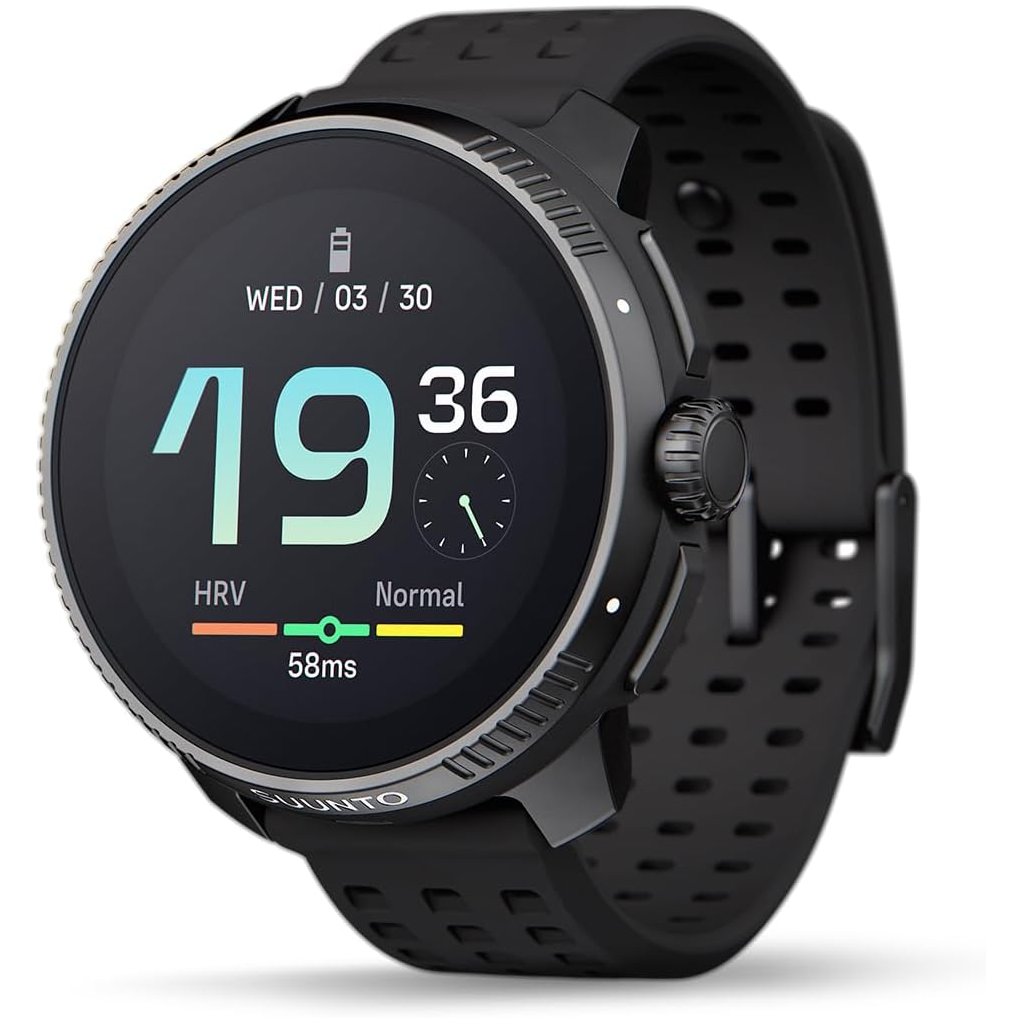
Suunto Race
The Suunto Race is a well-constructed high-end fitness and sports tracker that pairs with third-party apps and hardware to help athletes get the most out of their training data. But it lacks a few typical smartwatch-esque amenities.
- Sophisticated design with 10ATM water resistance
- Polished UI on a bright AMOLED screen
- Plenty of activity-tracking modes
- Strong battery life
- Poor haptics feel jarring
- No cellular version or calling support via Bluetooth
- Complicated and slow offline map sync
- No passive smartphone sync
Price, availability, and specs
Ready to race
The Suunto Race is available in two models — a steel case and a titanium version. Three colors are available for the former and two for the pricier titanium model. The case is built from glass-reinforced polyamide, a type of plastic, but the bezel is steel or titanium. (Suunto also color-matches the case to the strap for all options.) The steel variants cost $450, while titanium costs $550. But you aren’t paying a $100 premium for the material alone — the steel version only packs 16GB of onboard storage for offline maps, while the titanium one gets 32GB.
Suunto’s Race watch is available consistently on Amazon US. Alternatively, you can buy it from Suunto’s web store. The brand also lists a repertoire of compatible straps in various materials.
What’s good about the Suunto Race?
Graduate from the school of hard knocks
The Suunto Race screams premium right from the unboxing experience, challenging you to step outdoors and scale new peaks. The watch is placed at the top, with a strap, documentation, and charging cable packed separately in boxes that slide out looking like peaks. Installing the straps is a breeze with the sliding pins, and the standard silicone strap should fit most people (wrist circumference of 125 to 175mm), even though a larger size (255mm) is sold separately.
The watch feels rugged and well-built overall, with nearly scratch-proof sapphire crystal glass topping a bright, legible AMOLED screen, and a thick silicone strap with adequate elasticity and plenty of ventilation. While the holes in the strap tend to collect dirt, they offer several degrees of adjustment and help the minimalist push pin keep the flappy end fastened.
Despite the metal case, the watch is surprisingly lightweight, like the similarly-styled Garmin Venu 3. I accidentally brushed my wrist against several hard surfaces, forgetting I had a watch on. The display and bezel can surely take a beating. Rest assured it looks great on the wrist, and would also look at home in a business meeting.
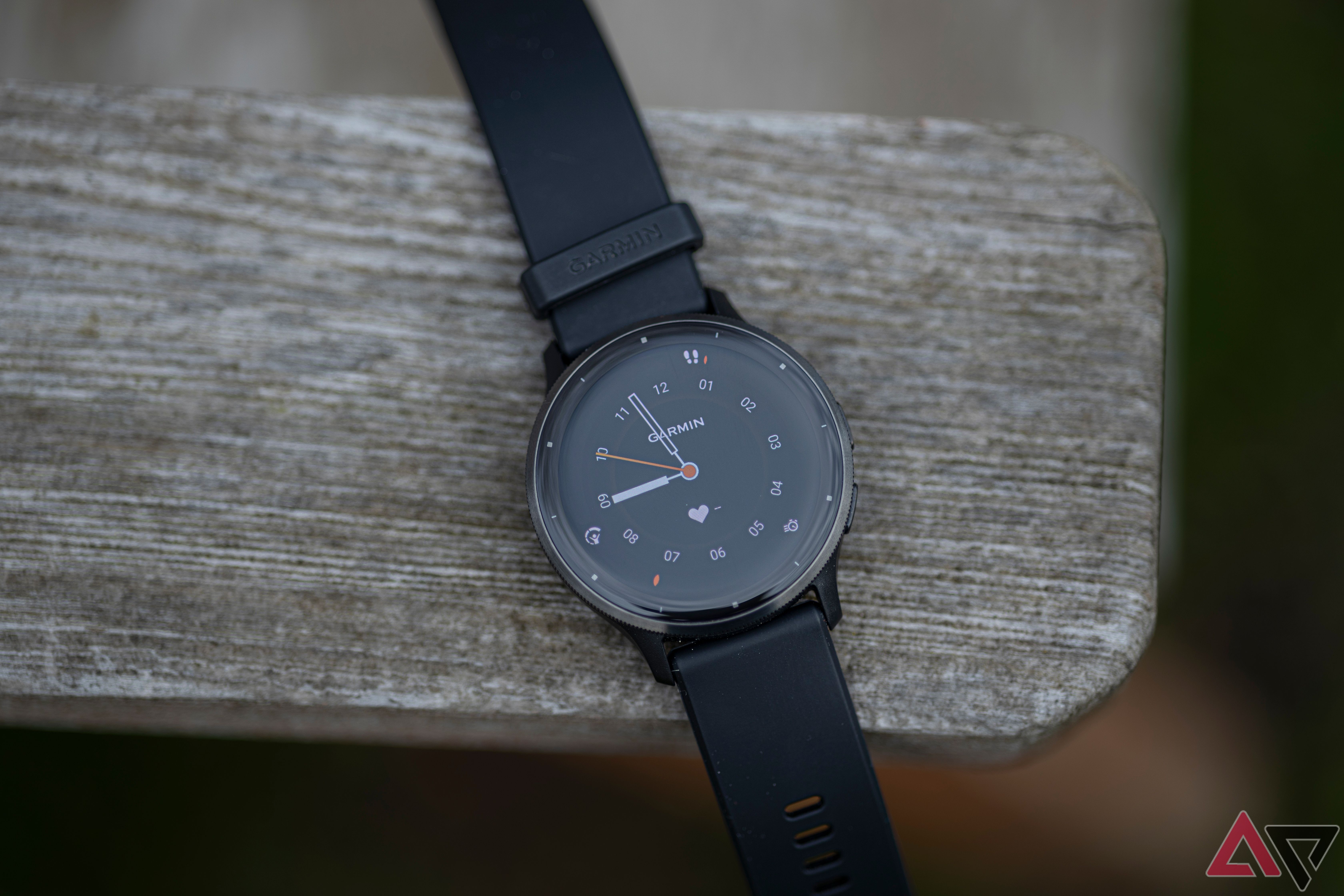
Related
Garmin Venu 3 smartwatch review: The best Venu yet
Garmin added an onboard speaker and third side button, but the real superstar is the Venu 3’s battery
Setting up a new Suunto Race is impossible without the companion app, where I repeatedly ran into “Unknown error 106” when signing up, but customer support is friendly and helped resolve the issue quickly. The watch received a software update soon after initialization; it greatly helped the UI’s smoothness, navigated using the touchscreen, two buttons, and a free-spinning digital crown.
However, the main event is support for sports tracking. More than 95 sports modes are pre-installed on the Suunto Race, including complicated activities such as motorsports, cricket, Pilates, and triathlon.
I expected solid water resistance and deep water sports connections from a company that shot to fame for trusty dive computers, and the Race doesn’t disappoint. It has dedicated modes for several types of swimming, sailing, and skiing. In fact, tracking focuses on activities, recovery, and balanced exercise.
The watch tracks activities on-device, complete with GPS data available post-sync on the companion app. It also pairs with other fitness trackers like pedometers and bike PODs to compile better data for purpose-built third-party apps like Strava. The watch also provides voice feedback and features Suunto Plus coaching to help you refine your routines, but some integrations are paywalled.
Other everyday utilities like sleep tracking and step counting perform as advertised. I particularly loved automatic nap detection and the convenience of custom tap-and-hold shortcuts for buttons flanking the digital crown. You also get full-screen alerts for notifications, workout controls, reminders to stand up, and expiring timers. The latter even has haptics for the last ten seconds of the countdown before a strong buzz marks the end.
Features aren’t fun if they don’t last, but I got around ten days of use between charges with occasional exercise and continuous heart rate monitoring. I was surprised when the Race lost just 3% charge on a week-long outstation trip in aggressive power-saving mode because I forgot to pack the charger.
Sure, it’s reduced to an ordinary timepiece, but I’m not surprised Suunto claims you can go 26 days without a charge in this mode. Even with the most demanding tracking and GPS, the battery should last a few days. Most importantly, the watch doesn’t limit functionality at low battery levels and recharges take just under an hour.
What’s bad about the Suunto Race?
Disappointing value from a smartwatch standpoint
While the Suunto nails everything it does, there are a few things it doesn’t do. While using it, you’ll notice the combination of watch haptics and a free-spinning digital crown is less tactile than the Samsung Galaxy Watch 6’s bezel. In fact, it feels like winding an unworn automatic timepiece manually. Suunto also missed opportunities like volume adjustment with the crown in media controls, but the tactile and sturdy buttons are a silver lining here.
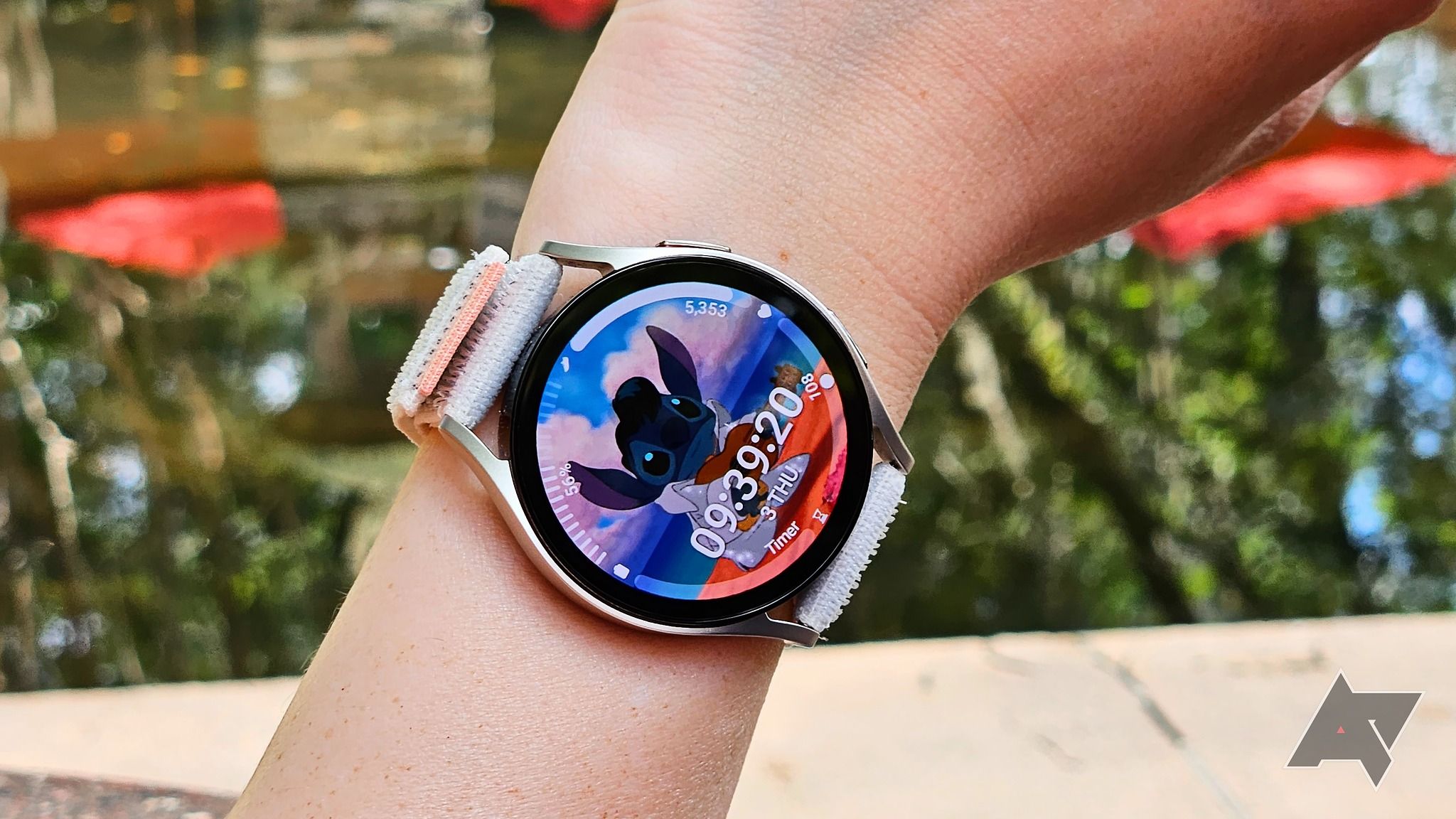
Related
Samsung Galaxy Watch 6 review: Bright but never bold
Call it boring, but it’s still the best Android smartwatch, hands down
The Suunto Race’s Achilles heel is the lack of a cellular version. The wearable only notifies of incoming calls instead of giving the option to accept or decline, much less talk through the watch. Moreover, background sync is nonexistent, and the compass feature needs constant recalibration unless the watch face uses it. The Race offers periodic sync reminders, but they are easy to miss, like the low battery warning, because alert chimes are switched off by default.
I didn’t miss WearOS on the Race because it offers offline maps, sufficient customization, and all the in-app settings on the watch once set up. However, basic niceties like a USB-C charging cable and gestures to turn off the screen were skipped.
Should you buy it?
Fitness first, all day long
Suunto isn’t sugarcoating when advertising the Race as a fitness-focused watch, and I found it counts out important features typically found in other smartwatches at around half the price. However, between Suunto’s rep for reliable dive computers and the features available on the Race, there are several reasons an enthusiastic outdoorsy athlete should buy the Race despite the price.
But if you’re looking for a more affordable, conventional, all-around smartwatch that monitors most health metrics but also packs LTE, active smartphone sync, and looks good while doing it, you should consider Samsung’s $400 Galaxy Watch 6 Classic or the $290 OnePlus Watch 2. Several other watches offer these features but struggle to strike a balance.

Suunto Race
Suunto’s latest smartwatch has all the bases covered if you’re looking for a pro-tier fitness tracker that looks good. But it doesn’t live up to typical smartwatch expectations despite its premium build and price tag.

Related
Best Android smartwatches in 2024
Now with Wear OS 4
Source link

